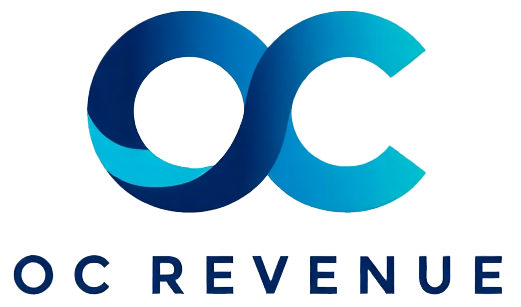Performance Benchmarking compares organizational metrics against industry standards to identify improvement areas
Performance benchmarking measures KPIs to reveal gaps and drive continuous improvement
Performance Benchmarking collects and analyzes key performance indicators (KPIs) across functions, markets, or competitors to establish reference points. This process helps organizations understand their competitive positioning and operational effectiveness.
By identifying gaps and performance drivers, benchmarking guides targeted initiatives to elevate productivity, quality, and customer satisfaction. It also fosters a culture of continuous improvement.
Rigorous benchmarking uses relevant metrics and data to inform strategy accountability and continuous team improvement
Effective Performance Benchmarking involves selecting relevant metrics, sourcing accurate data, and applying consistent methodologies. This rigor ensures comparisons are meaningful and actionable.
Organizations may benchmark financial results, operational efficiency, customer experience, or innovation outcomes. External benchmarks provide market insights, while internal benchmarks track progress over time.
Benchmarking insights support strategic decisions such as resource allocation, process redesign, and technology investments. They also enable leadership to communicate priorities and set ambitious but achievable targets.
When embedded into regular business reviews, benchmarking drives transparency and accountability. It encourages collaboration across teams to share best practices and overcome challenges, accelerating overall performance improvement.

















